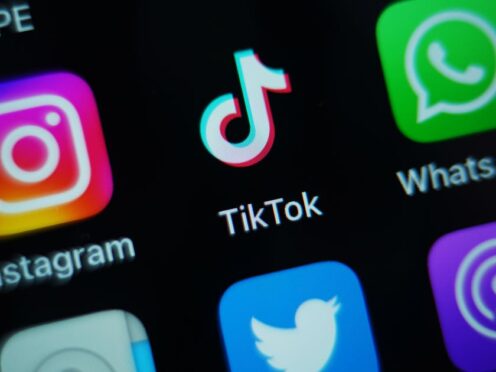TikTok is to start automatically labelling content generated using artificial intelligence when it is uploaded from certain other platforms as part of efforts to boost transparency and literacy around AI.
The social media giant already requires content created using its own TikTok AI effects to be labelled, but is now expanding that system to include material being uploaded from some other platforms, as it expands its tools for combating misinformation.
The video-sharing site said the expanded programme would see it partner with the Coalition for Content Provenance and Authenticity (C2PA) and implement their Content Credentials technology, which attaches a so-called “digital nutrition label” to content, telling people it is AI-generated, and how and when it was made.
It means TikTok is the first social media platform to start using the tool.
The announcement comes in the wake of industry experts and politicians expressing concerns about the possible impact of generative AI tools being used to create misleading content and impacting the large number of elections taking place around the world in 2024.
TikTok said this new system would start rolling out from Thursday, and should apply to all users globally in the coming weeks.
In the months ahead, the social media firm said it would also start attaching Content Credentials to TikTok-made content as well.
Adam Presser, head of operations and trust and safety at TikTok, said: “AI-generated content is an incredible creative outlet, but transparency for viewers is critical.
“By partnering with peers to label content across platforms, we’re making it easy for creators to responsibly explore AI-generated content, while continuing to deter the harmful or misleading AIGC that is prohibited on TikTok.”
In addition to introducing the new tools, TikTok said it was joining the Content Authenticity Initiative (CAI), a collective of tech firms and others led by Adobe which works to promote the adoption of an industry standard for authenticating content, and already counts Microsoft and a number of major media organisations from around the world among its members.
Dana Rao, general counsel and chief trust officer at Adobe, said: “With TikTok’s vast community of creators and users globally, we are thrilled to welcome them to both the C2PA and CAI as they embark on the journey to provide more transparency and authenticity on the platform. At a time when any digital content can be altered, it is essential to provide ways for the public to discern what is true. Today’s announcement is a critical step towards achieving that outcome.”
